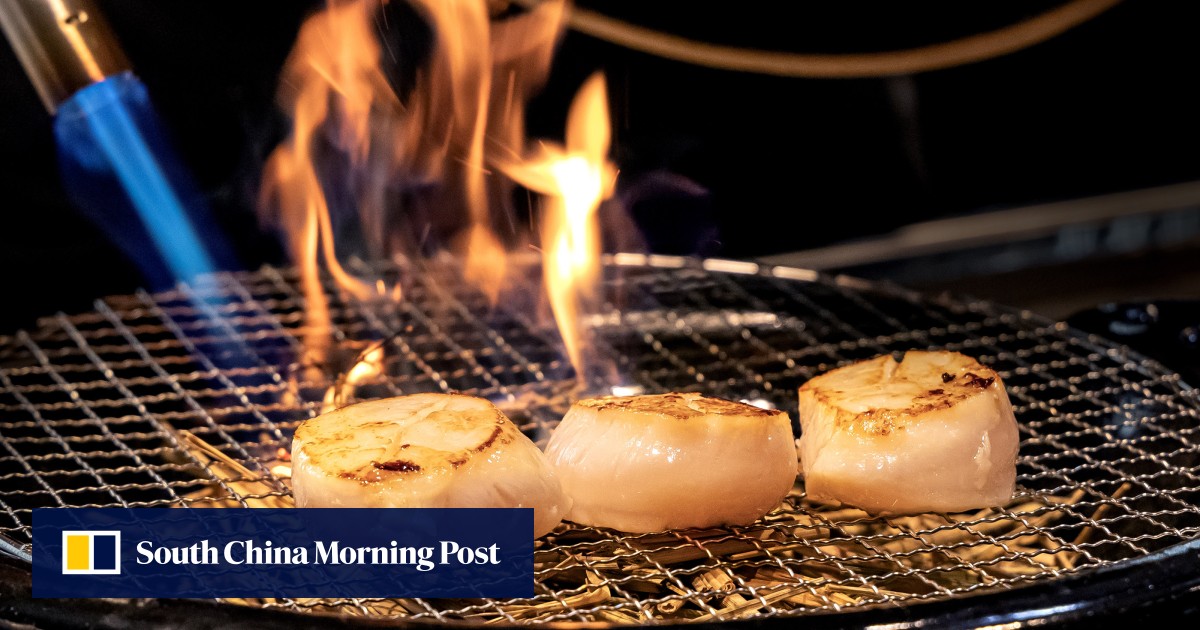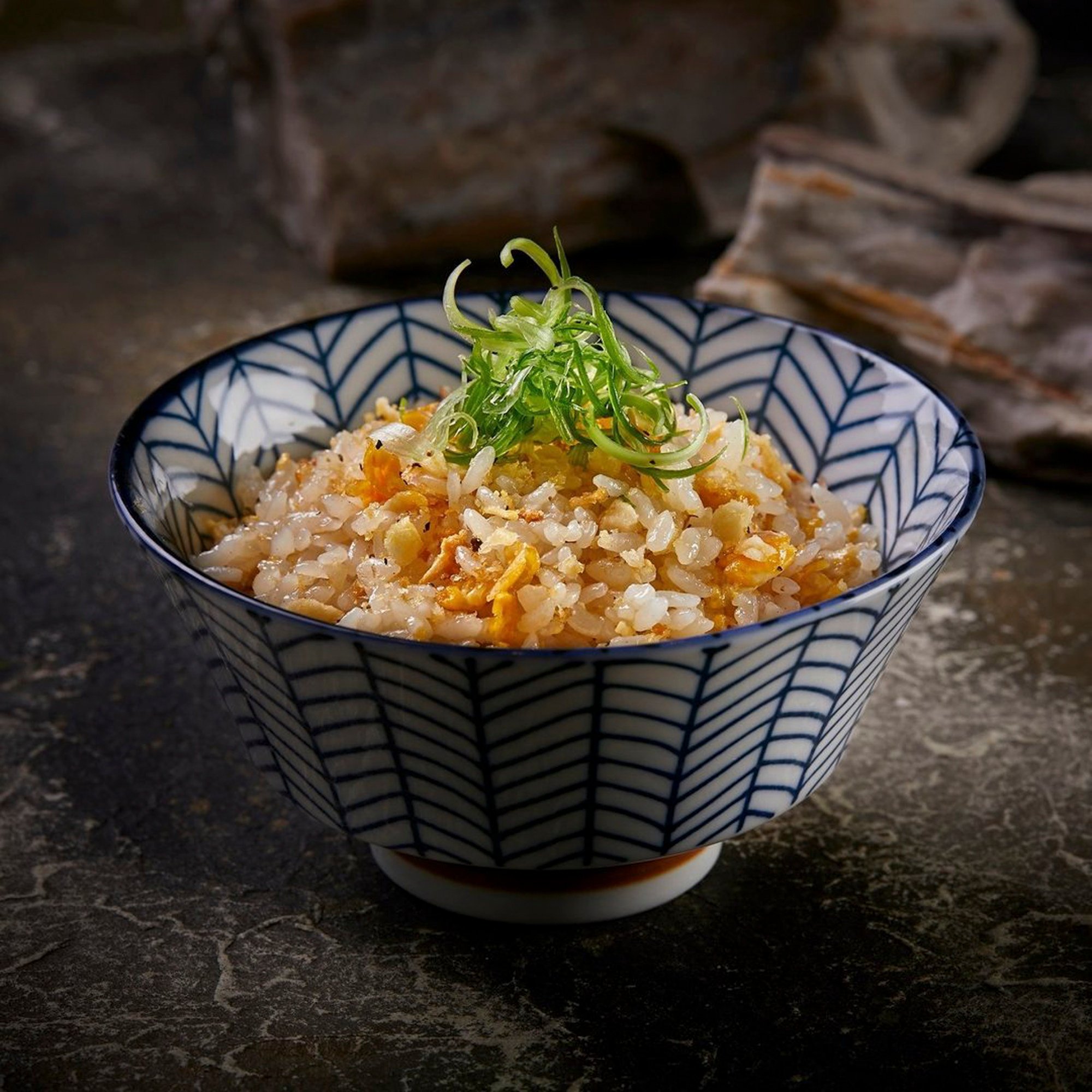
As the culinary world has evolved, diners have grown to embrace a more nuanced and ingredient-focused dining narrative.
The latest wave of teppanyaki chefs in the region echo this sentiment, often preferring the elegance of subtlety over demonstrative extravagance.
These newer establishments include Kagayaki by Ishigaki Yoshida and Miyoshi by Fat Cow, both in Singapore, as well as Kaen and Enishi in Hong Kong and Koki in Hanoi, Vietnam.
There is a time and place for theatrics in teppanyaki. The extent to which depends on the chef’s personality and the diner’s preferences
The chefs at these restaurants let the ingredients do the talking, elegantly amplifying their inherent flavours through their cooking, instead of the theatrics.
Even in Benihana Singapore, the art of restraint has found its place.
Once bold stunts are being toned down unless required to enhance certain dishes, such as the Onion Volcano, where the chef lights a tower of onion rings on fire to caramelise and char the ingredients.
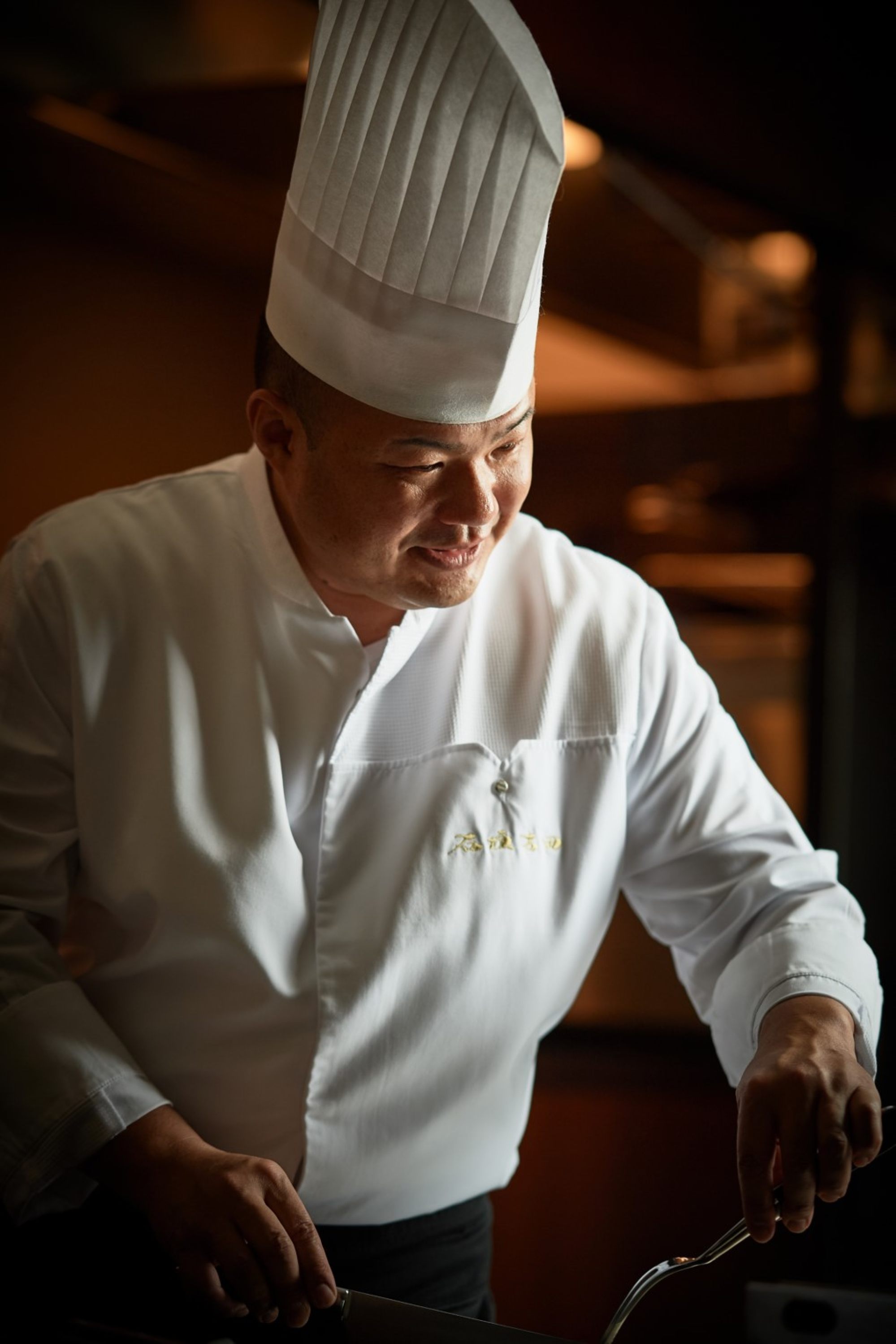
Chef Junichi Yoshida, who helms Ishigaki Yoshida in Tokyo and is the chairman of the Japan Teppanyaki Association, says: “As with other cuisines, teppanyaki is always evolving. This includes using the latest equipment and techniques to provide the best quality cooking and presentation to customers.”
The intimate 18-seater restaurant in Singapore emphasises its premium ingredients, which are often procured from selected Japanese producers.
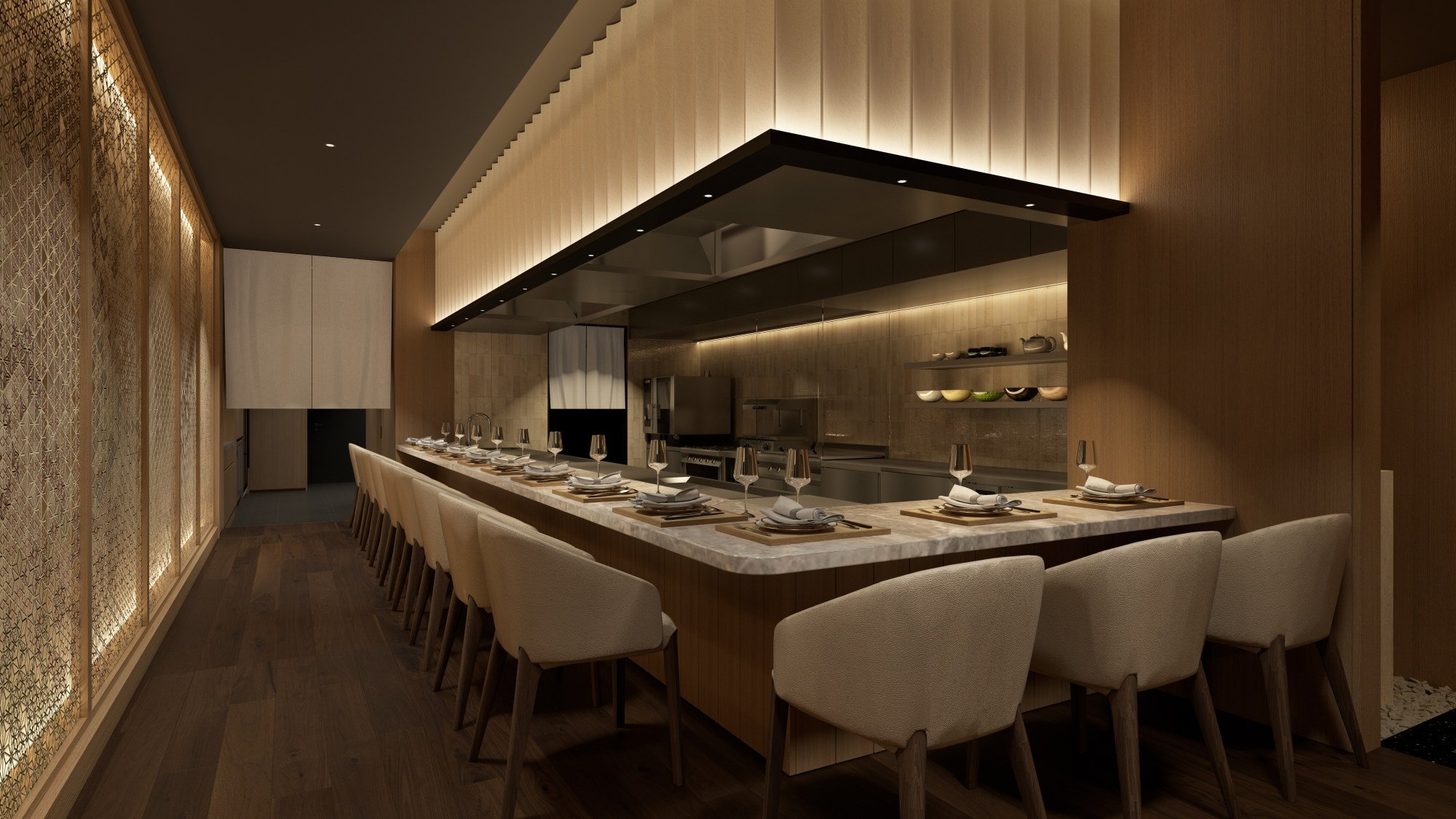
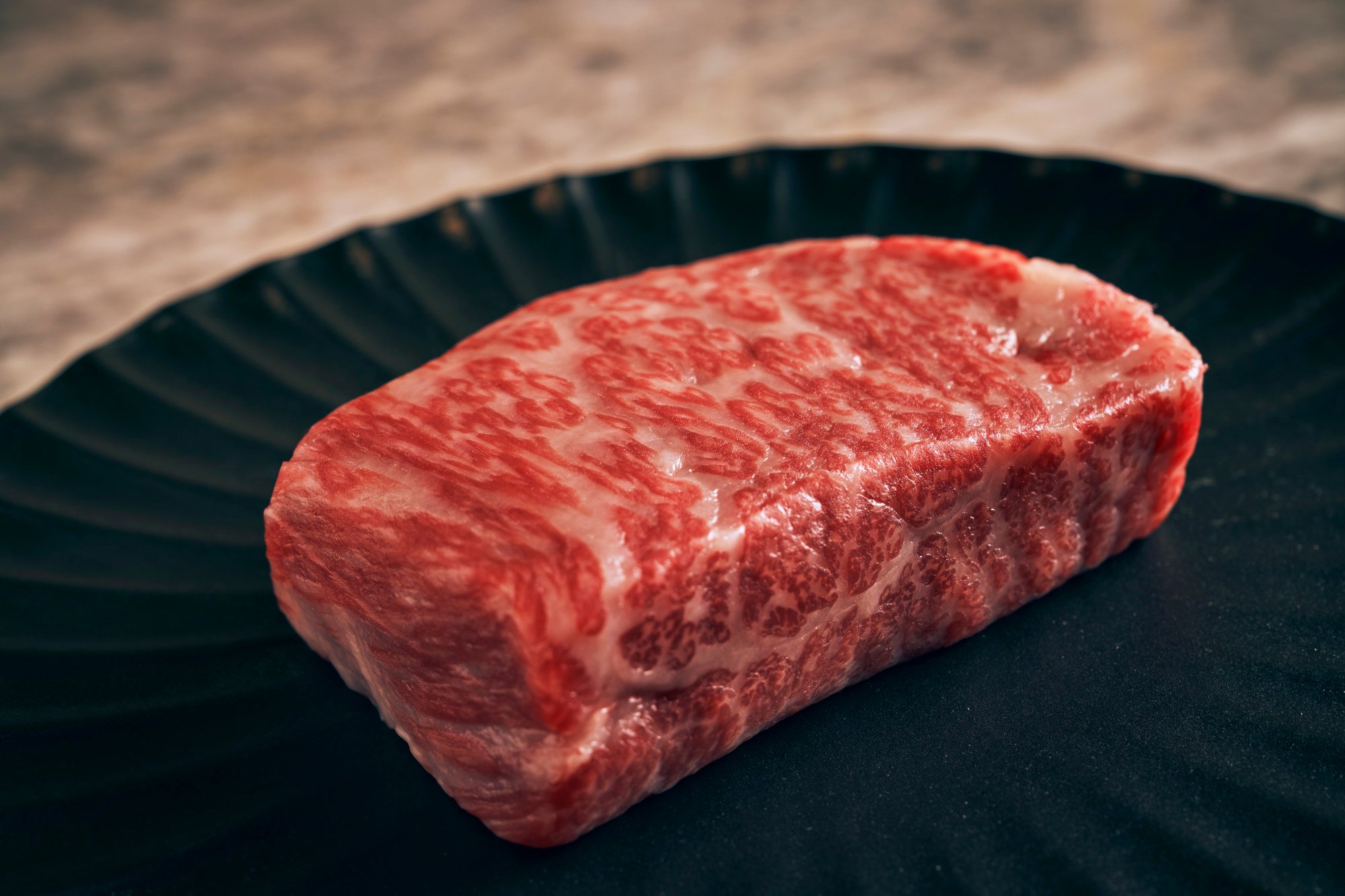
Its crown jewel is the Masuda Kagayaki beef, which is renowned for its translucent, delicate cuts.
The restaurant holds exclusive rights to the breed in Southeast Asia and each cow comes with its own birth certificate (complete with a nose print) that traces its lineage.
At Kagayaki, the beef is cooked using a technique specially developed by Yoshida in which each side of the steak is seared at the beginning of the multi-course meal before being placed at the top left corner of the teppan – where there is a low heat.
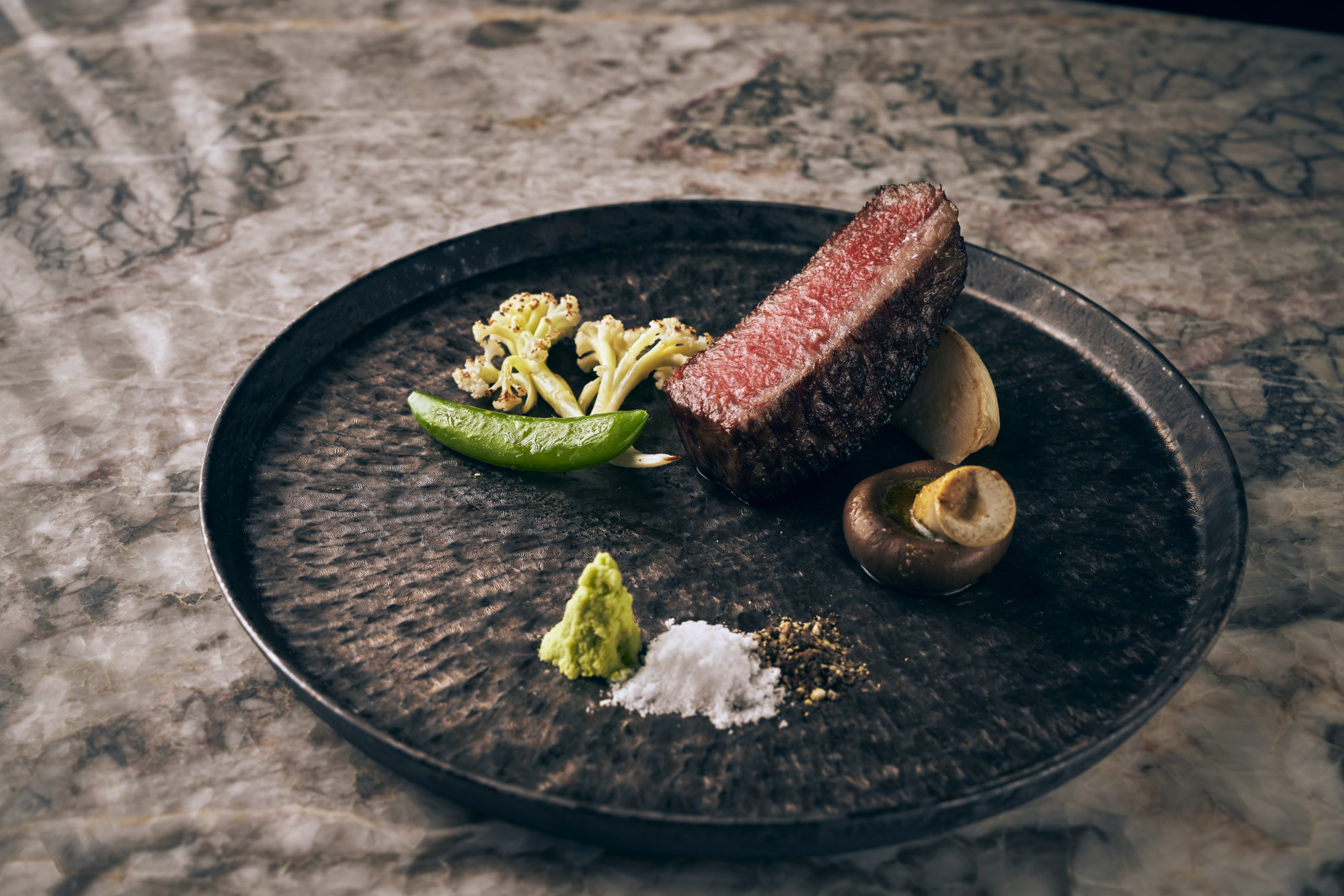
Only when it is time to serve the main beef course does the chef grill the steak over binchotan charcoal to achieve the dish’s signature crispy crust.
The result is a delicate bite that does not overwhelm the palate with fat.
It may not be a showy technique but it does demonstrate mastery of the teppan and the chef’s impeccable timing.

“Creating a great teppanyaki dish comes with years of experience, practice, technique and knowledge of how ingredients react and taste over different heat applications,” says Kagayaki’s head chef, Nobuyasu Kamiko.
“A good teppanyaki dish is therefore only possible in the hands of an experienced chef for whom the surface of the teppan is second nature, with an instinctive understanding of where certain ingredients should be cooked.”
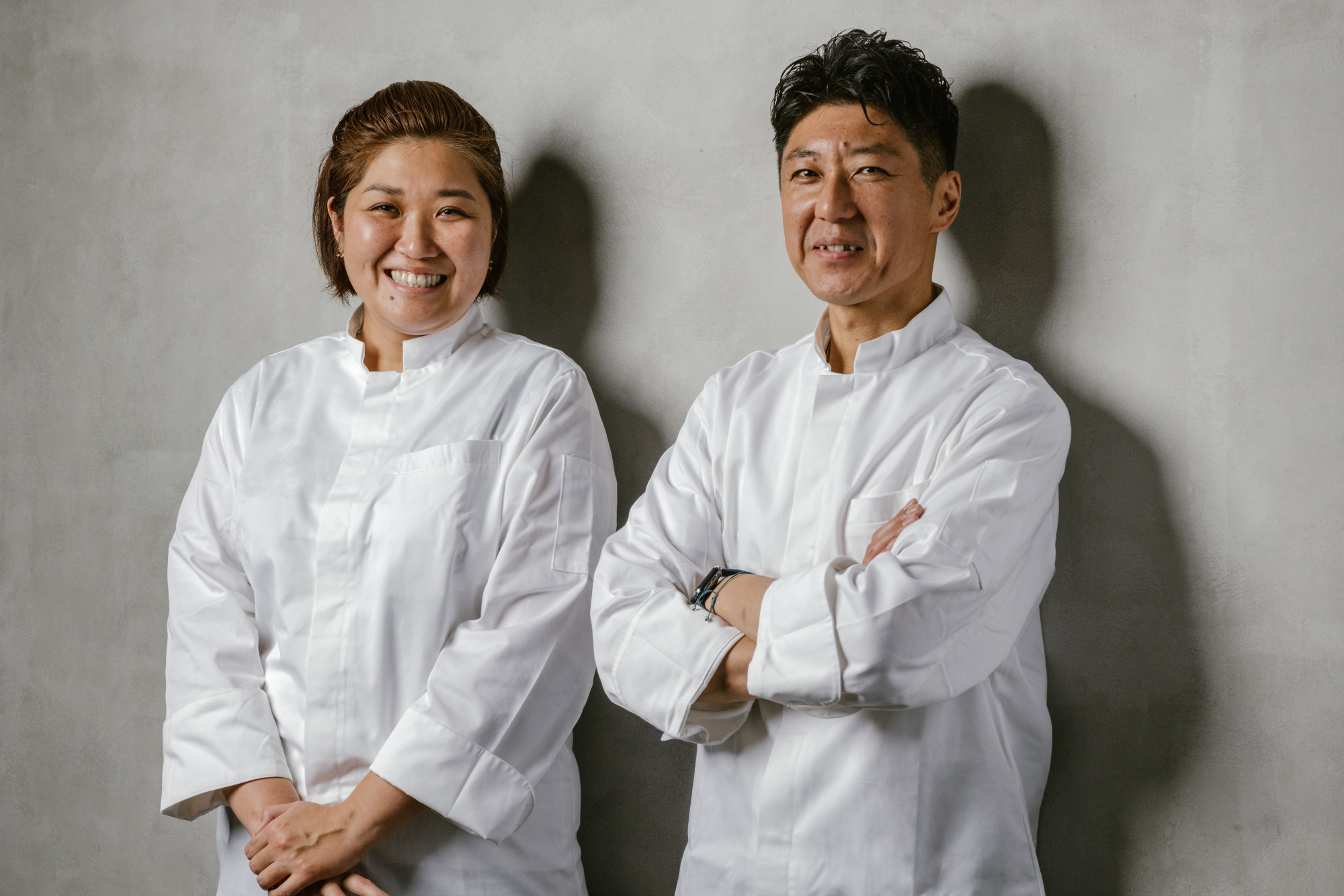
“We would like to introduce teppanyaki culture to a new generation by mixing cooking techniques and presentations to let guests experience a sense of homecoming,” says Takano.

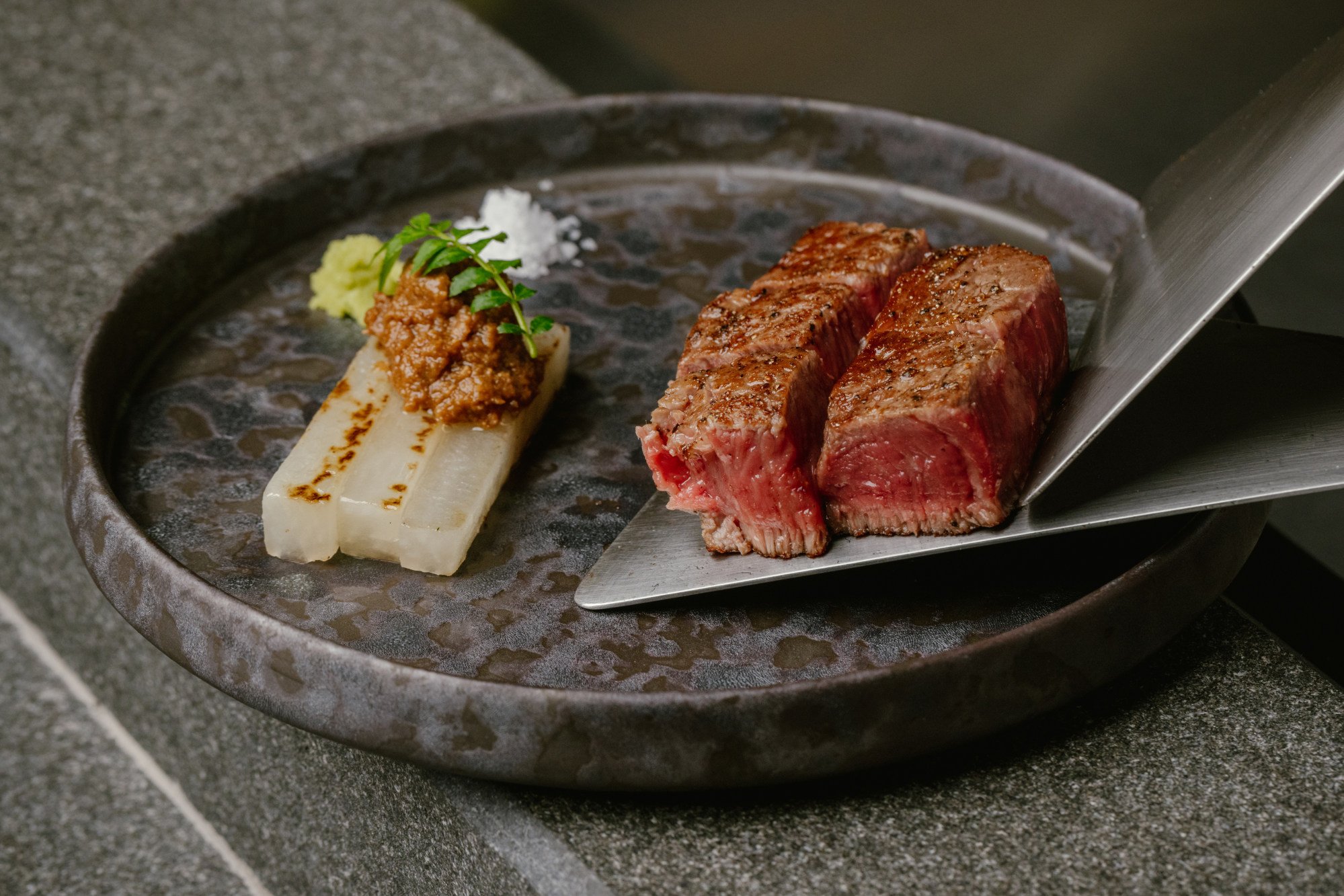
“We have dishes that break with tradition, by using local ingredients and inspirations instead of just redefining the luxury experience.”
Singapore’s Miyoshi by Fat Cow takes a slightly different approach, adapting traditional Japanese cooking to suit the palates of today’s diners.
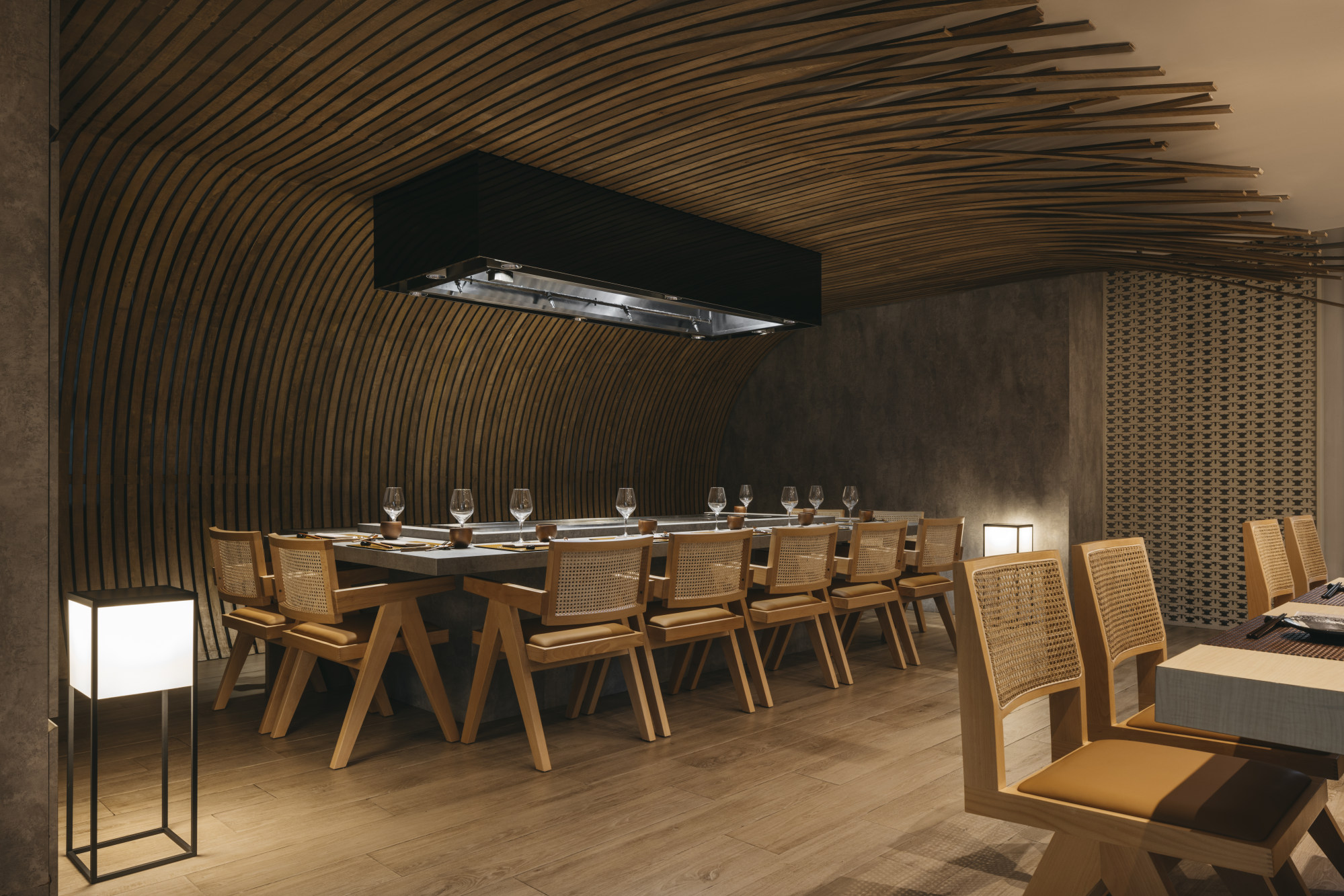

It is served slightly raw on the inside for a lighter touch and is accompanied by shoyu and grated fresh wasabi – similar to a sashimi course.
Both rich and unexpectedly nuanced, it hits all the right notes.
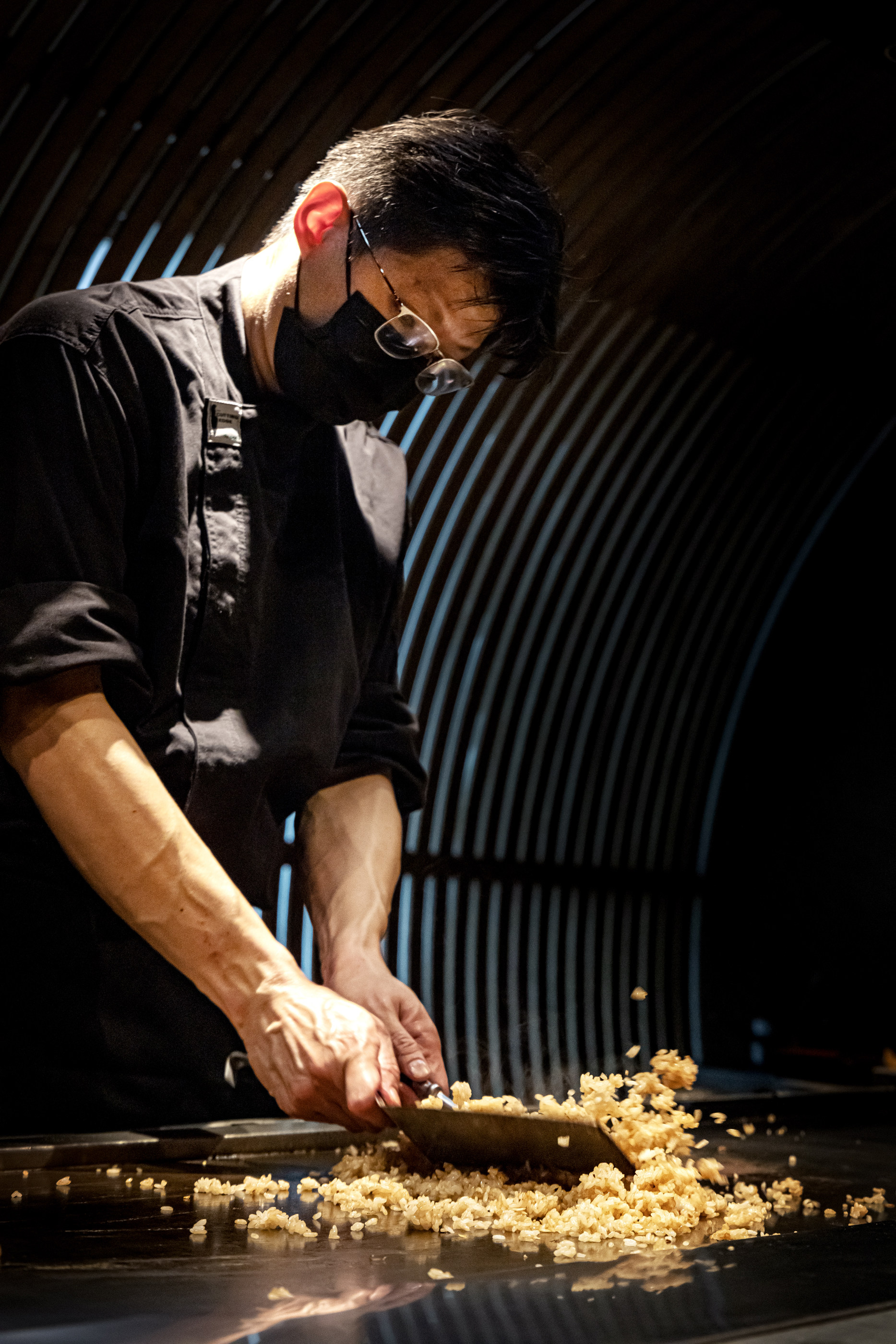

Gratifyingly, there are still some fancy culinary performances to showcase the chef’s prowess later in the meal, such as when the chef sets the teppan alight as a finishing touch for his perfectly grilled wagyu tenderloin.
There is no denying that the flame-grilled char lends an appetising aroma that cannot be replicated without showing off some nifty kitchen skills.
After all, as Yoshida says: “There is always a time and place for theatrics in teppanyaki. The extent to which it is deployed in each restaurant depends on the chef’s personality and the diner’s preferences.
“Some diners love that and chefs enjoy seeing their reactions. It is fun, theatrical and engaging.”

